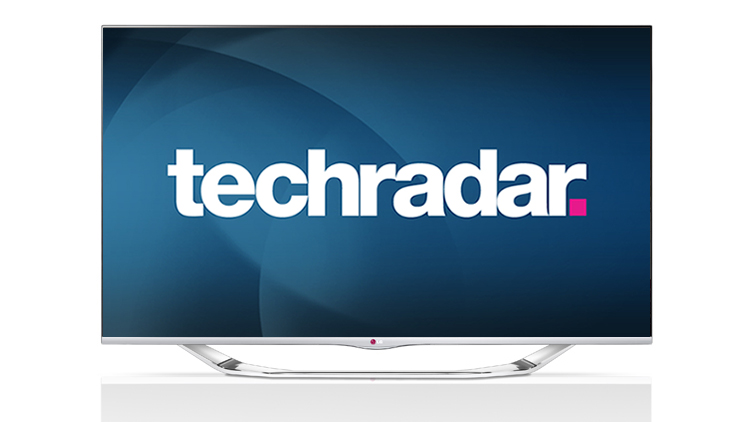Why you can trust TechRadar
Unfortunately the LG 55LA740V presents a mixed bag of results in this all-important part of any TV's makeup. Let's get the bad news out of the way first.
The biggest problem is contrast. LG just hasn't moved the contrast response of this latest passive 3D panel as far forward in 2013 as we'd have liked, resulting in black levels during dark scenes that look significantly less deep and natural than those of many rival TVs.
The darkest sequences in the alien tunnels in Prometheus, for instance, look distinctly washed out/greyed over when using the panel in its native state, resulting in some slightly off-key dark colours and a need to squint through the mist to try to spot background details.
Thankfully, calling the LG 55LA740V's local dimming system into action leads to a dramatic increase in the screen's black level response. However, even with the local dimming system running on its highest setting, black levels are still only fair to middling, plus there's another problem: backlight blocking.
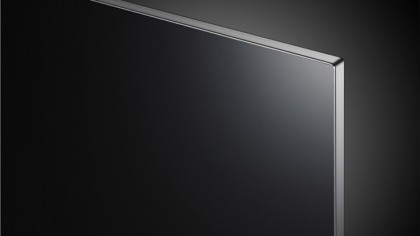
What we mean by this is that whenever there's a bright object within a predominantly dark background - which actually happens more than you might think, especially when watching a film - you can see a fairly clear 'strip' or rectangle of extra light around the bright object, stretching all the way from the top of the image down to the bottom.
It doesn't help in this regard that LG is still ranging its edge LED lights along the top and bottom edges of its screen rather than down the sides, since experience suggests that light blocks caused by local dimming are at least a bit easier to control when lights are ranged down the TV's sides.
Using the local dimming system on its lowest power setting reduces the obviousness of the light blocking problems, but the bottom line is that at no point did we feel able to become completely immersed in very dark scenes.
Sign up for breaking news, reviews, opinion, top tech deals, and more.
The other issue with the LG 55LA740V's performance is that its handling of colours feels a little basic at times. Large expanses of colour can look a little short of tonal subtleties and skin tones can sometimes look a touch plasticky.
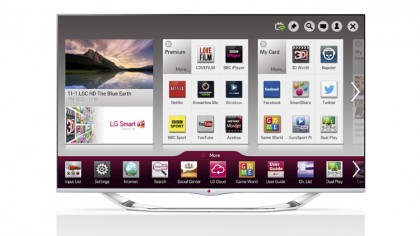
And some background areas containing lots of subtle colour information (such as the faces of Ron and Hermione in the background of the scene where Harry speaks to Griphook near the start of the final Harry Potter film) can look a bit blocky and low-res.
HD picture
Right, now for the good news. Starting with the exceptional sharpness the screen is able to deliver with HD footage. Every last pixel of resolution in a Full HD source is rendered with aplomb, and without leaving the picture looking forced, gritty or stressed around object edges.
The sense of clarity only reduces marginally, moreover, when you're watching action scenes, revealing the LG 55LA740V to have a decent innate response time.
Calling into play LG's motion processing system can improve motion clarity even further, especially when it comes to judder reduction. And it delivers its improvements without generating too many unwanted side effects - at least if you only use the motion processing on its lowest power setting.
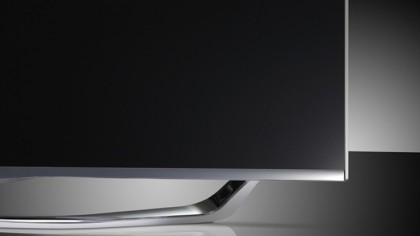
Next, while colours lack some finesse versus the best TVs in town, they are at least very boldly and vibrantly presented, making images look eye-catching and punchy. In fact, they're so bold that they do a fine job of hiding the panel's black level shortcomings with the majority of typical TV fodder, which tends to be predominantly bright with just a few dark elements.
The panel has plenty of brightness to help drive its rich colour saturations off the screen too, and during bright scenes colours still manage to look quite natural despite their aggressive saturations and aforementioned lack of subtlety in places.
3D picture
The LG 55LA740V can be watched from a slightly wider viewing angle than many rival screens without contrast or colour saturations dropping off too heavily too, and its 3D pictures are eminently watchable thanks to their brightness, lack of flicker and crosstalk (so long as your vertical viewing angle is under 13 degrees) and generally less fatiguing nature compared with active 3D images.
The 55-inch screen is large enough to reveal passive 3D's weaknesses of a slight reduction in resolution versus Full HD active 3D screens, occasionally visible horizontal line structure across bright parts of the image and some jaggedness around curved edges. But for many people, the passive 3D advantages will outweigh its negatives.
Standard definition picture
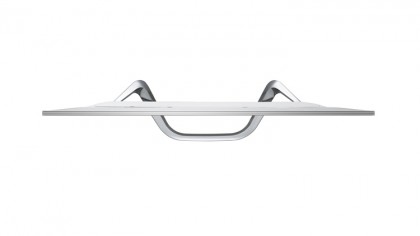
Standard definition is fast becoming less important, especially now the BBC has announced five more HD channels for 2014. But on those odd occasions where you really can't avoid standard definition, the LG 55LA740V does a good job of upscaling it to its native Full HD pixel count, adding detail without exaggerating noise or leaving proceedings looking soft or processed.
The last point to cover here is input lag - the amount of time it takes the LG 55LA740V to render an image after receiving it at its inputs. And here it comes up rather short of expectations, averaging around 65ms - a time significant enough to reduce your video gaming performance.

John has been writing about home entertainment technology for more than two decades - an especially impressive feat considering he still claims to only be 35 years old (yeah, right). In that time he’s reviewed hundreds if not thousands of TVs, projectors and speakers, and spent frankly far too long sitting by himself in a dark room.
